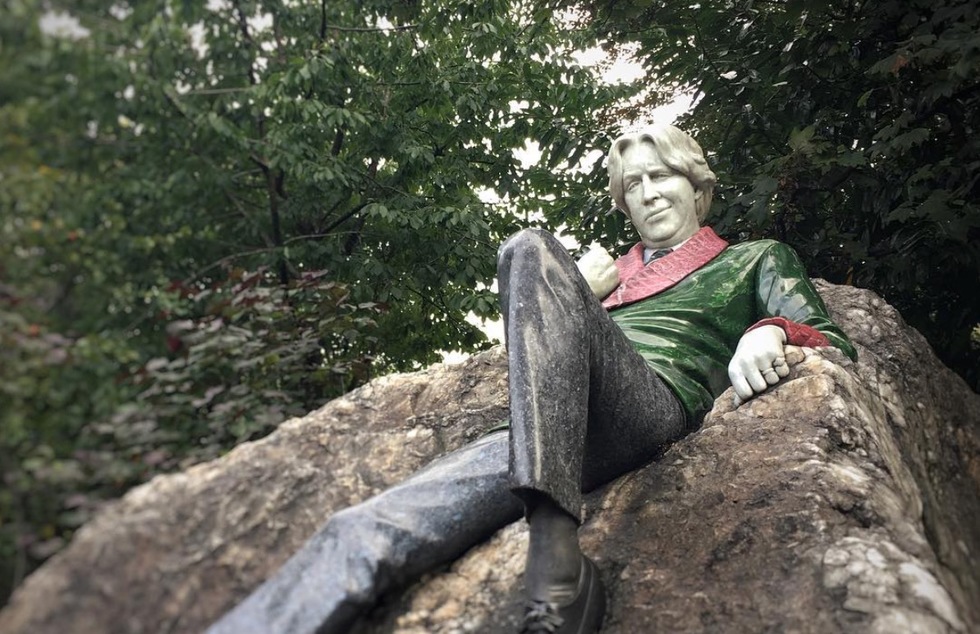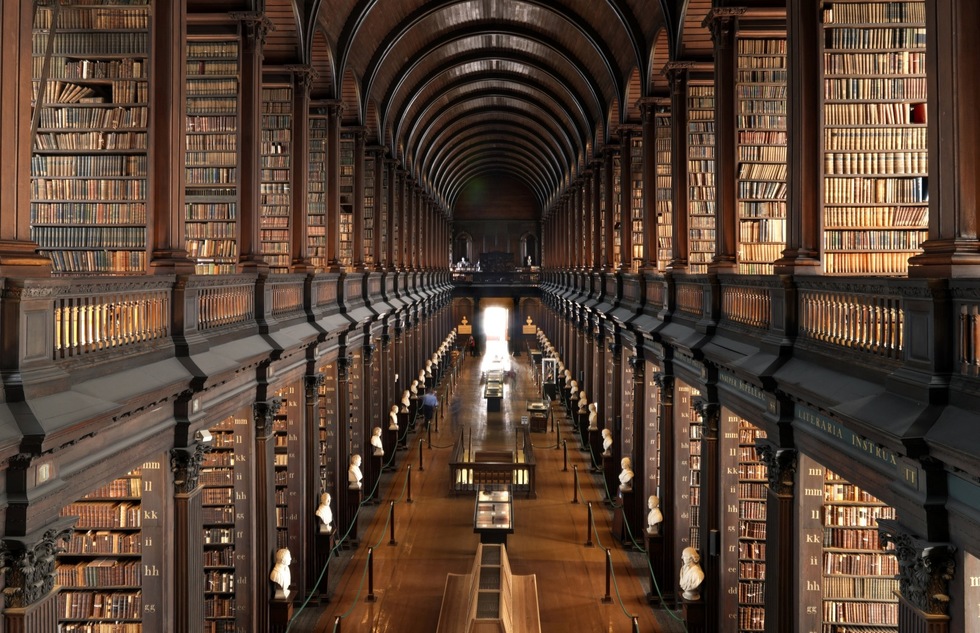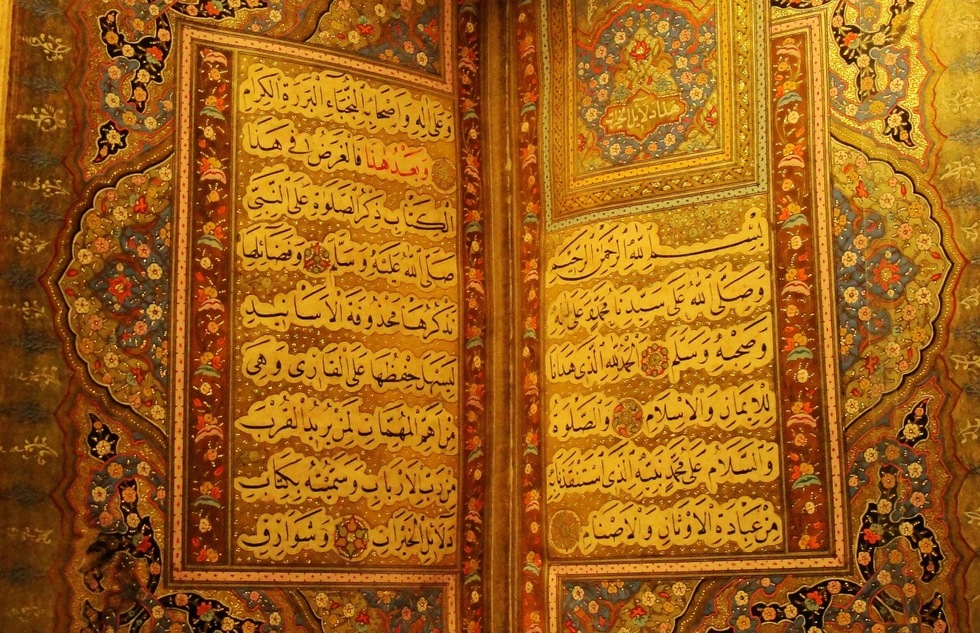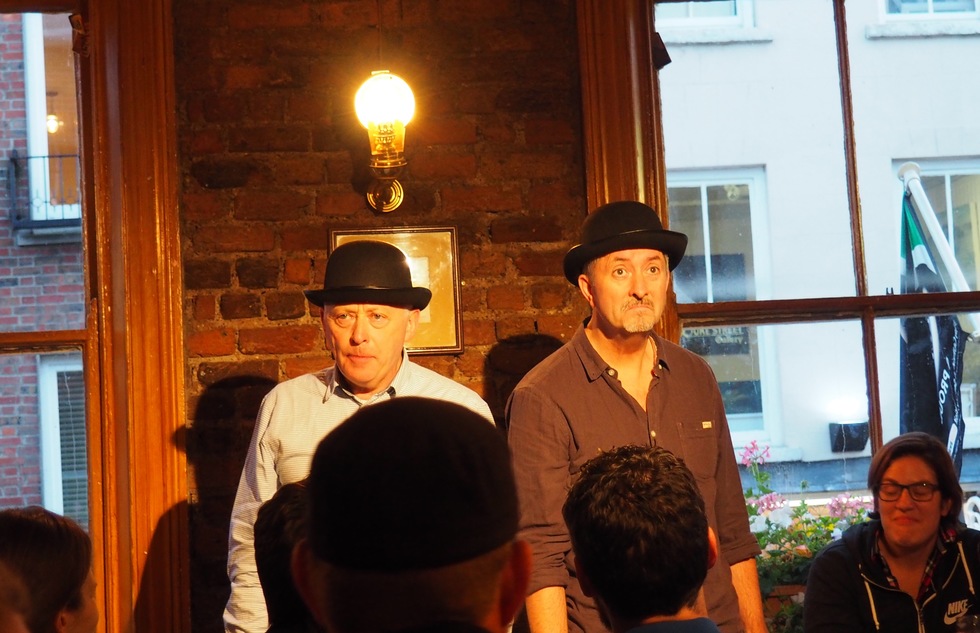A Tour of Literary Dublin: Where to Appreciate Ireland's Many Famous Writers
By Zac ThompsonIreland produces so many writers that the country could list literary masterpieces among its chief exports. The center of all the scribbling is Dublin, a city that rivals New York and Paris in that department in spite of being significantly smaller than both. Among the poets, playwrights, and novelists born, educated, or otherwise shaped here: Jonathan Swift, George Bernard Shaw, Oscar Wilde, Lady Gregory, W.B. Yeats, Samuel Beckett, and James Joyce.
Justifiably proud of its wordsmiths, Dublin offers a number of must-see sights for lit-inclined travelers of all kinds, from casual Kindle toters to full-blown bookworms. And because of the city’s manageable size, it’s easy to visit those spots—which include not only museums but also libraries, parks, and pubs—in one gloriously word-drunk day. Come imbibe with us.
Start your literary day in Merrion Square’s leafy park, where, in the northwest corner, you’ll find a colorful statue of Oscar Wilde lounging on a big chunk of quartz. The poet/playwright/witticism generator (from The Importance of Being Earnest: “If I ever get married I’ll certainly try to forget the fact”) is depicted wearing an appropriately flashy green-and-pink jacket and casting a monumental smirk in the direction of his childhood home. From 1855 to 1878, the future author and his siblings lived here with their mother and father, a nationalist poet and ear-and-eye surgeon, respectively. Now part of American College Dublin, the stately Georgian home can only be toured by large groups with reservations made in advance.
- Other statues of stature include life-size bronze likenesses of James Joyce on the corner of O’Connell and North Earl Streets and George Bernard Shaw outside the National Gallery of Ireland.
Just west of Merrion Square stands Wilde’s alma mater and Ireland’s most prestigious university, which also counts Dracula creator Bram Stoker, satirist Jonathan Swift, and Theatre of the Absurd playwright Samuel Beckett among its distinguished alumni. But that’s not why you should visit Trinity College. As far as we’re concerned, the school's primary asset is the sheer, showstopping spectacle of the old library’s Long Room, where a barrel-vaulted ceiling arches over a drool-worthy collection of 200,000 leather-bound volumes on dark wooden shelves stretching along a 200-foot hall, all of it lined with white marble busts of great thinkers and writers. If you ever wanted to be Belle in that scene in Beauty and the Beast where her shaggy suitor gives her a room of floor-to-ceiling books (and who didn’t?), this might be as close as you ever get.
- Treasures on display: a copy of the 1916 Proclamation of the Irish Republic, the 15th-century oak-and-willow harp that became the national emblem of Ireland (and Guinness), and the Book of Kells, a medieval illuminated manuscript containing the text of the four gospels amid a riot of color, curlicues, and other illustrations
As spectacular as the Book of Kells is, you’ll only get to peer at two pages during your visit to Trinity’s library (it’s a myth, by the way, that one leaf of the volume is turned over every day; it’s more like one every few months). For a fuller array of sacred books and other artifacts, head further west to this small museum on the grounds of Dublin Castle. Though the collection of medieval illuminated Bibles and ancient gospels on papyrus is certainly impressive, the wonders on display aren’t limited to Christianity. You’ll see beautifully preserved Korans and Islamic prayer books like the 15th-century specimen pictured above, miniature paintings from Mughal India, and elaborately carved snuff boxes from East Asia. The museum’s ambitious mission is to capture the “richness of human creative expression from 2700 BC to the present”—and the holdings here go a long way toward achieving that goal.
- Literary pub crawls hit the top writerly watering holes and feature actors like the ones pictured above reciting pertinent passages from Irish authors’ works for added color and context.














